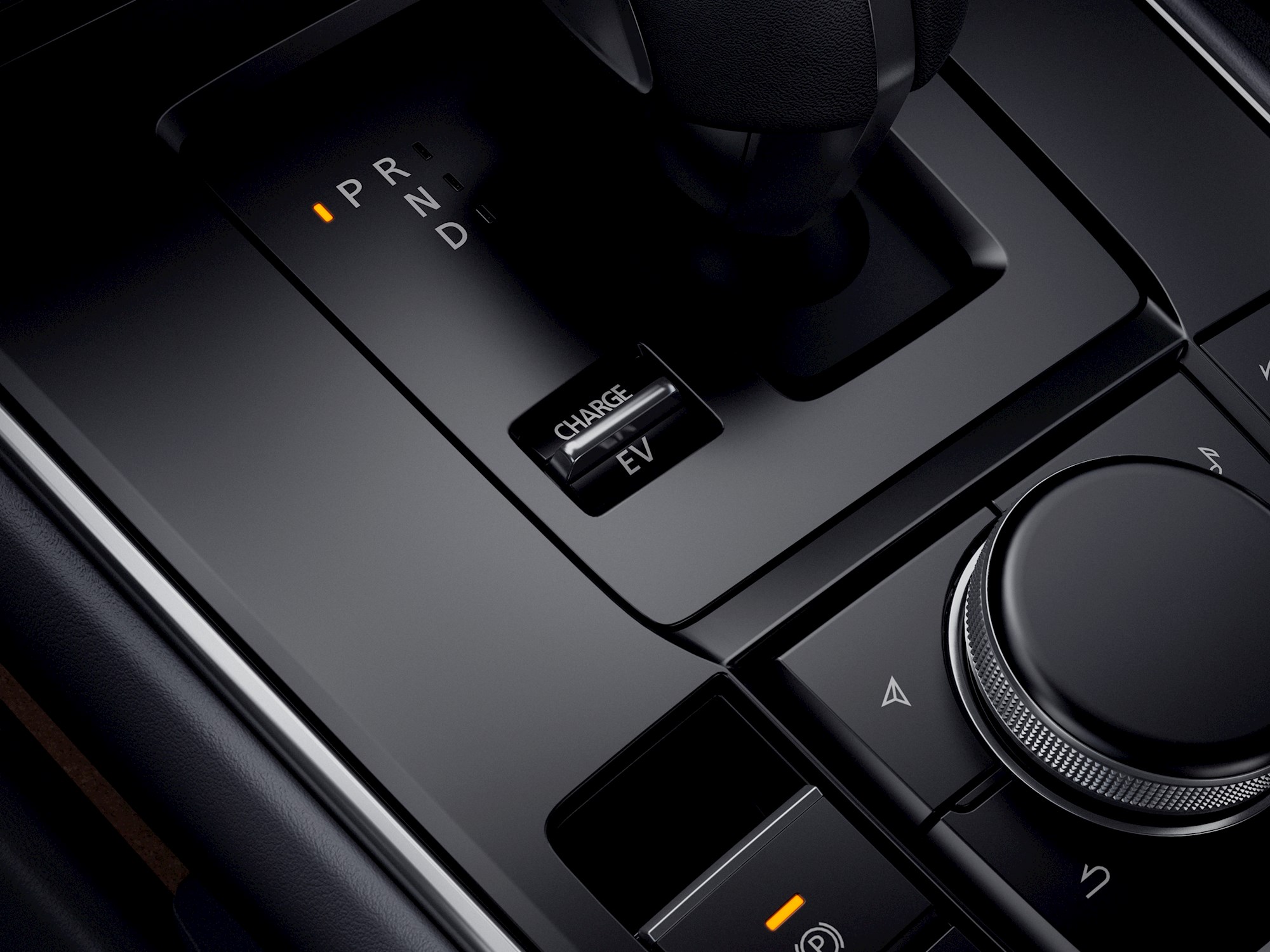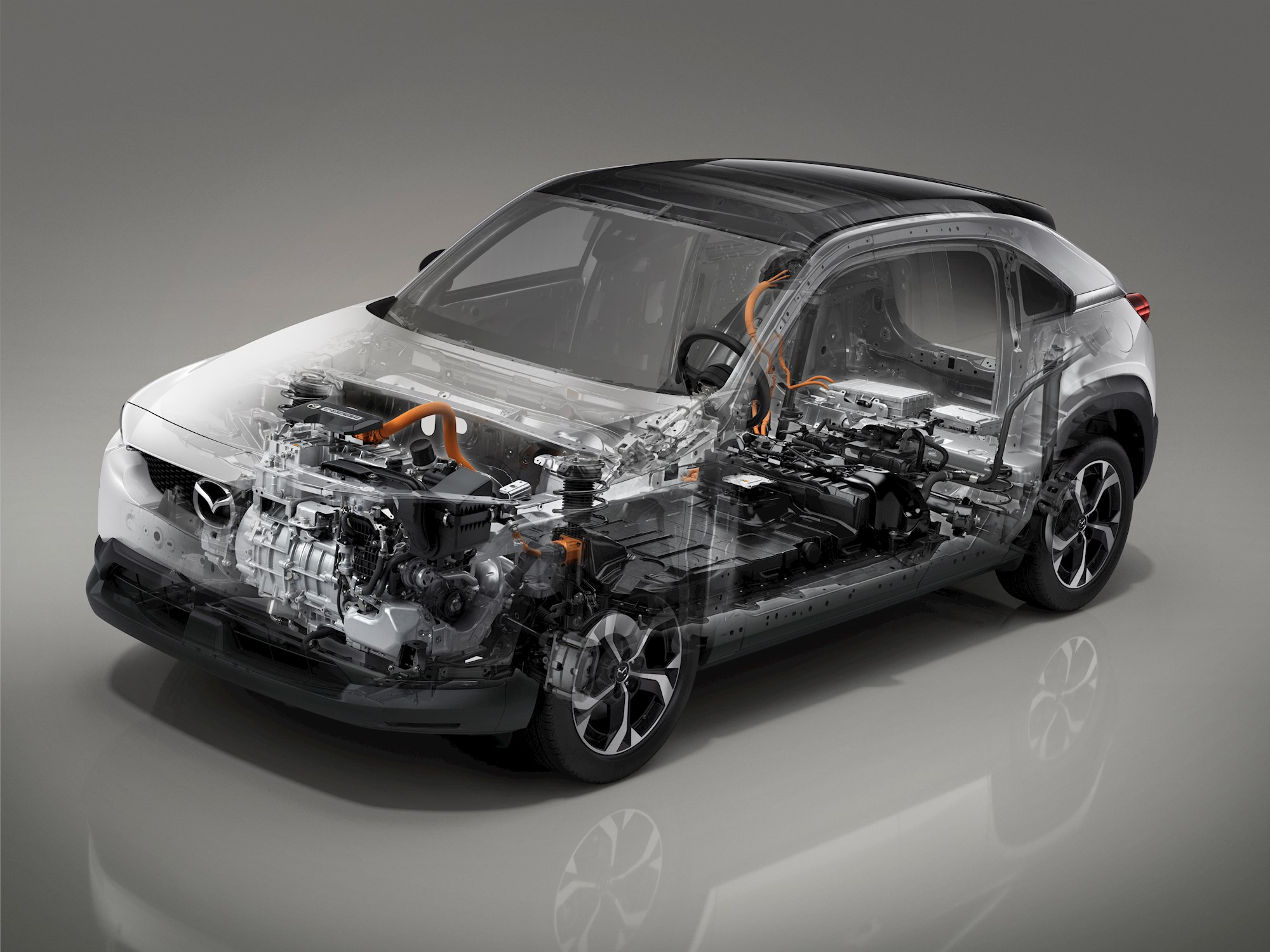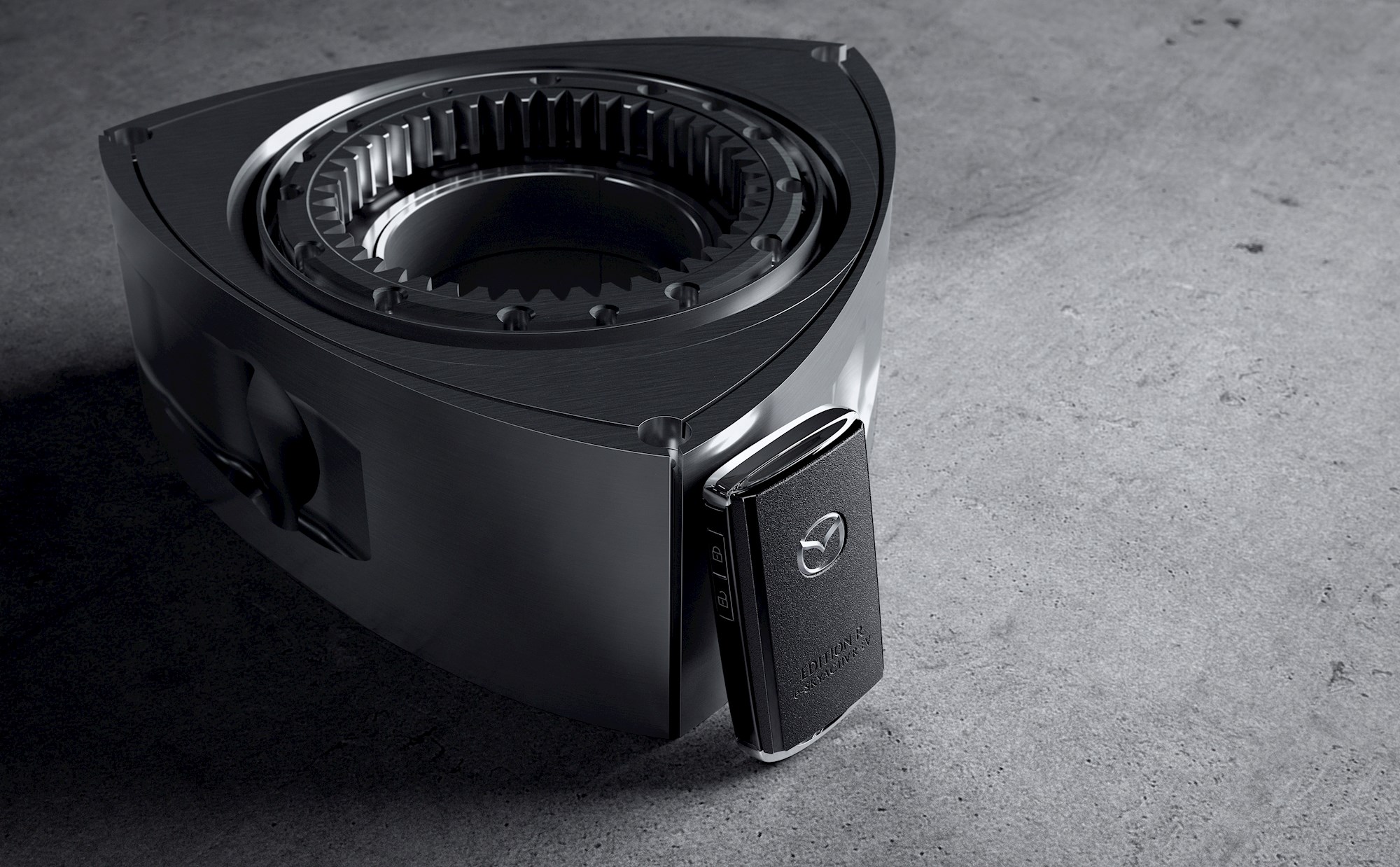A big plug-in battery and a small rotary engine are the key elements of Mazda's MX-30 e-Skyactiv R-EV, just revealed in Europe.
A sister model to the MX-30 battery electric vehicle (BEV) already available in New Zealand, the R-EV is a plug-in hybrid electric vehicle (PHEV) with a difference. Like other PHEVs, it has a rechargeable battery giving pure-electric running for daily driving or commuting; albeit a fairly large one, at 17.8kWh, about half the size of the unit in the pure-electric MX-30. It gives 85km EV range, putting it at the upper end of the PHEV market for distance between charges.

And also like other PHEVs, the MX-30 R-EV has a petrol engine to enable the car to run as a hybrid, meaning it can keep going even when the battery is depleted. But the MX-30 will be the only PHEV on the market with a rotary engine: an 830cc unit that extends total range to 644km. And of course you can keep filling up with petrol until you have a chance to charge again.
This is Mazda's first new rotary production car since the RX-8 was discontinued in 2012. Hence the R in the name: it stands for "Return", says Mazda.
The other unusual aspect of the MX-30 R-EV powertrain is that the tiny single-rotor engine is only used to generate electricity; it never drives the wheels. So it's technically a "range extender" EV (aka EREV or REX, although don't forget that R stands for Return...).
The new 8C engine has a 120mm rotor radius and 76mm width; its compact size enables integration with the electric motor, decelerator and generator to achieve a unit with an overall width of less than 840mm, allowing it to fit under the bonnet without changes to the MX-30 structure.

According to Mazda, the 17.8kwh battery was chosen to balance as much range as possible with the "environmental impact of the battery over the entire vehicle life cycle". With a 125kW electric motor, the R-EV delivers "slightly better" acceleration than the MX-30 BEV, according to the company.
Some of the the official stats are impressive, with a CO2 output of 21g/km under the WLTP test cycle (which takes into account a full charge). It's a bit less thrifty in hybrid operation, though: with the battery depleted, the car's remaining range with the rotary running translates to 8.9 litres per 100km.
So the idea is obviously to use the battery as much as possible and keep the rotary as a backup. It's configured for both AC and DC charging, the latter allowing a full charge in about 25 minutes, says Mazda.
There are three driving modes: Normal, EV and Charge. Normal mode delivers electric drive as long as there’s enough battery charge. If more power is required than the battery level can deliver - for example, when accelerating - the rotary engine generator will activate based on the degree of accelerator opening.
Drivers can turn EV mode on when they want to stay in electric drive for as long as possible. Or Charge mode can be used to safeguard the necessary amount of battery for situations such as the need to save zero emissions running for particular urban environments.
The MX-30 R-EV was launched at the Brussels Motor Show in a special Edition R, in a unique colour combination of Jet Black and Maroon Rouge side pillars and roof - the latter an homage to a colour used on Mazda's first passenger vehicle, the R360.

Inside, the front seat headrests are embossed with the rotary symbol and Edition R name, while the mats feature the rotary badge and a single white line of 2.6mm stitching matching the width of the rotor apex seal grooves. The same nod to the rotor apex seals can be found on the sculpted sides of the key, which also features horizontal sides that curve at the same angle as the sides of the rotor.
All versions of the Mazda MX-30 e-Skyactiv R-EV feature a rotor badge on the front wings and an e-Skyactiv R-EV badge on the tailgate.
European pricing for the MX-30 R-EV is almost on par with the BEV version; the new model is a starter for NZ, although probably not until 2024.

























